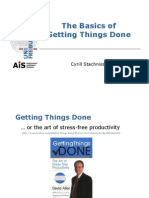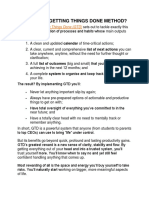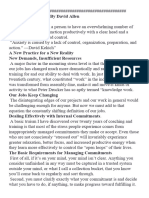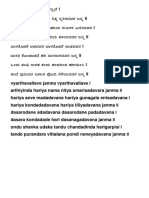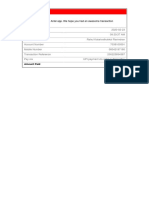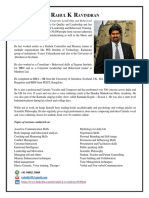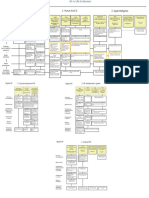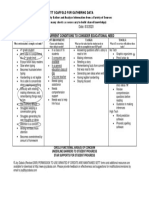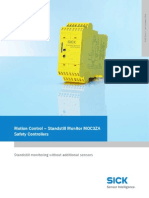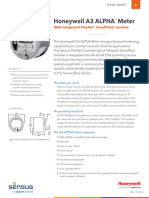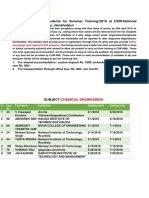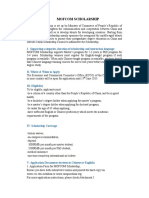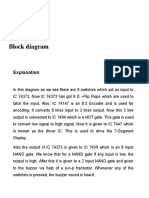100% found this document useful (5 votes)
1K views60 pagesGTD Basics PDF
Uploaded by
Rahul_Ravindra_2899Copyright
© © All Rights Reserved
We take content rights seriously. If you suspect this is your content, claim it here.
Available Formats
Download as PDF, TXT or read online on Scribd
100% found this document useful (5 votes)
1K views60 pagesGTD Basics PDF
Uploaded by
Rahul_Ravindra_2899Copyright
© © All Rights Reserved
We take content rights seriously. If you suspect this is your content, claim it here.
Available Formats
Download as PDF, TXT or read online on Scribd
/ 60



